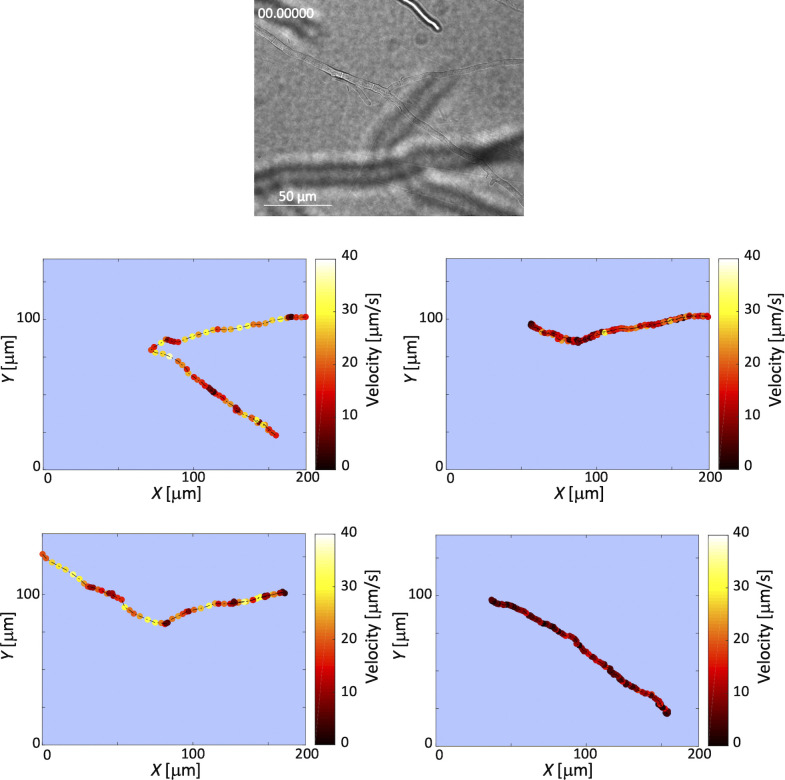Figure S2. Oscillations in B. subtilis movement along hyphae.
Heat maps of B. subtilis instantaneous velocity analyzed by track the position of each cell moving along hyphae from Video 1. We tracked the positions of each cell moving along hyphae and from the instantaneous position of the center of mass of a cell. We generated heat maps of the instantaneous velocity, where darker colors represent slower speeds and lighter colors represent higher velocities, respectively. The heat maps indicate that there is a weak oscillation in the instantaneous velocity over time (Fig 1C). The reason for the oscillations that we see in the instantaneous velocity of bacteria moving along hyphae may be the result of stick-slip motion mediated by the flagella. Because of the low water content and narrow gaps between hyphae and agar, the cells may momentarily become wedged in tight gaps; however, the flagellar motors may exert sufficient force to free the stuck cells.

